Web Content and design copyright: Andrew Stephenson.

 Home
Forum
Ant Pics
Care
Upcoming Trips and Expeditions
Contact Us
Links
Worldwide Supply
Leaf Cutting Ants for Sale
About Us
Set Ups
Home
Forum
Ant Pics
Care
Upcoming Trips and Expeditions
Contact Us
Links
Worldwide Supply
Leaf Cutting Ants for Sale
About Us
Set Ups
Home
Forum
Ant Pics
Care
Upcoming Trips and Expeditions
Contact Us
Links
Worldwide Supply
Leaf Cutting Ants for Sale
About Us
Set Ups
Home
Forum
Ant Pics
Care
Upcoming Trips and Expeditions
Contact Us
Links
Worldwide Supply
Leaf Cutting Ants for Sale
About Us
Set Ups
National Institute of Ecology, Seocheon-gun, South Korea, June 2016

World class does not do this Tourist and Research facility justice. It is Ecological Spectacle on a grand scale. Incredible dedication and commitment to education defines the work done here. It was a privilege and a fantastic experience to visit here twice, once last year (2015) and again in June this year. As if to emphasise how skilled the staff working here are, I originally took over 4 colonies of Atta cephalotes and 4 colonies of Acromyrmex octospinosus, having obtained a permit to import the first ever Leaf Cutting Ants allowed into South Korea. When they arrived the fungus was in a very bad condition and a few of the colonies looked nearly dead. However, after 6 months I again saw these nests and ALL of them were thriving, the Atta were huge! Probably the most impressive care I have seen. One of the most significant elements of establishing Leaf Cutters here was the fact that there were absolutely no similar species of plant for them to eat. We had to start from scratch to establish a feeding list for them. Many expeditions around the huge well kept areas of the Institute and forays into their greenhouses eventually yielded an acceptable list of foraging species.

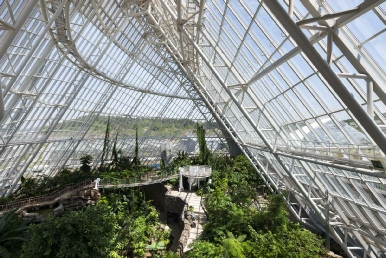
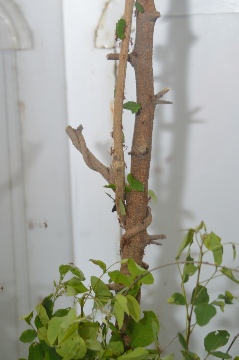


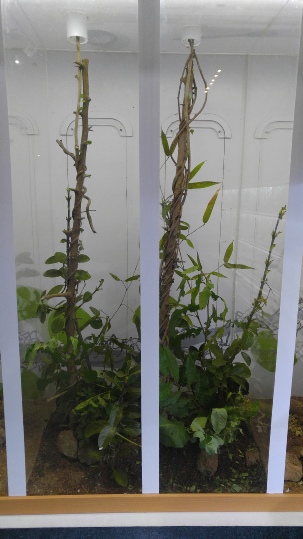
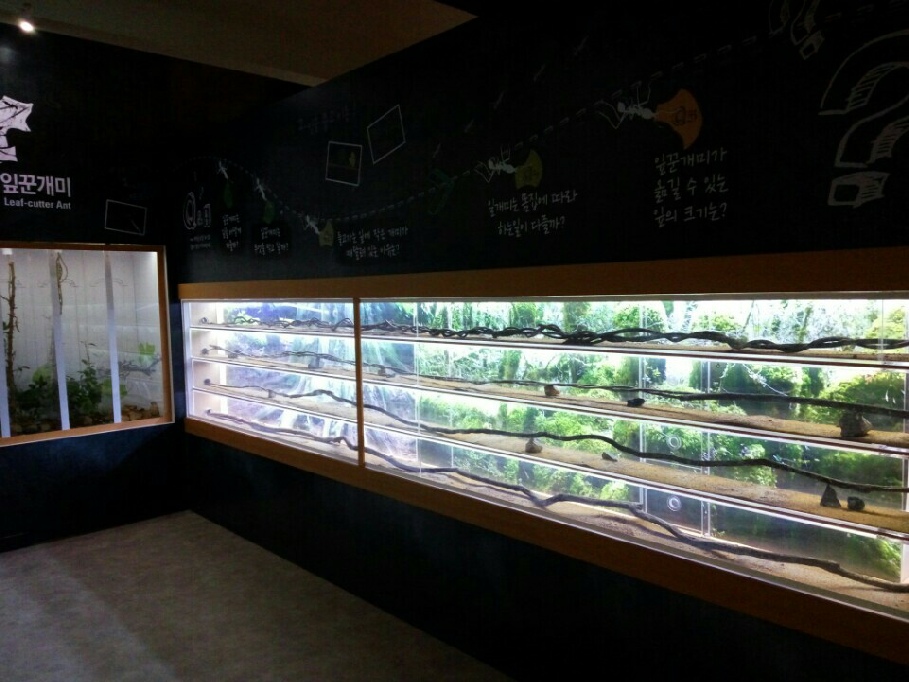
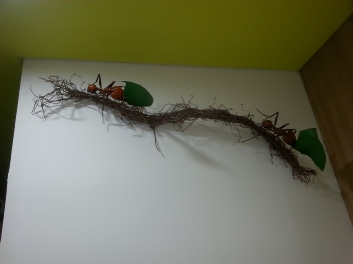

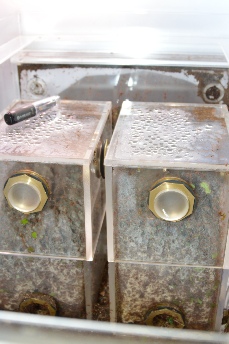
As well as having one of the most impressive Leaf Cutting Ant displays anywhere in the world, The National Institute also has on display a great many other ants, all from South Korea. As well as an impressive array of educational material, this Social Insect exhibition is second to none.
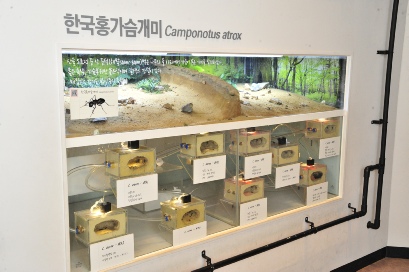

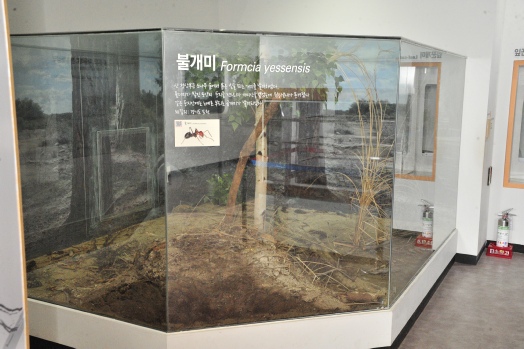


Not only is the front of house set up amazing, the rear quarantine facility is out of this world. Because the Import Quarantine department specified such stringent conditions, the rear ant rooms resemble a high security bank vault, complete with massive safe door and keypad entry on all other doors to the actual ant rooms. Biosecurity is by far the highest I have ever seen!
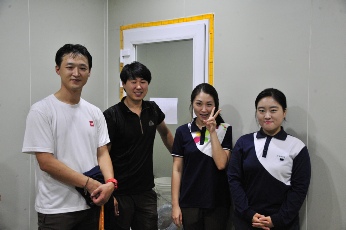
The amazing ant team!

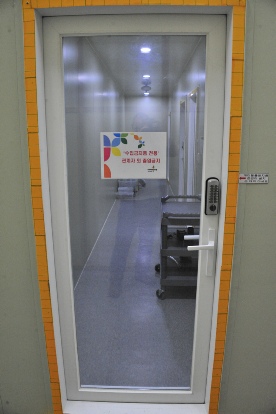
Safe style main door and keypad entry doors to all areas!! The yellow tape is like fly paper, really sticky. Literally, if you touch it, you stick! This is around all the doors to prevent any escapes. Ant Alcatraz!
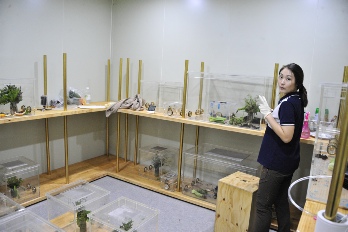
Chae Eun, the head Ant Keeper, in the Leaf Cutting Ant room.
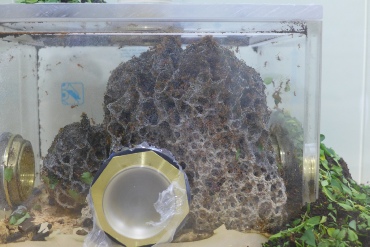


1. The Leaf Cutters, shortly after arrival. In the first picture they have managed to grow what was left of the fungus, after the trip, and we now have decent looking garden. One of the main reasons I travel with the ants is to make sure they recover after what can be a significant amount of damage in transit. In the second picture, a week or two later, they have made a lot pf progress! Finally they have nearly filled the box!

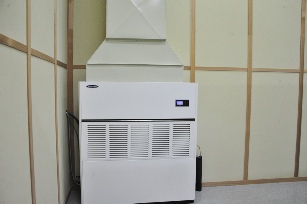

The boxes containing the nest were housed in these very well made acrylic tanks. Escape proof and engineered to an incredible standard, they were ideal for the ants. Interestingly though, when we provided the ants with some soil, they immediately blocked most of the ventilation holes which shows that, even although we believe we know best, they were not happy with the way we had designed their homes!
Being primarily interested in life support for these ants, I was most curious about their heating and humidity plant. It was huge, looked like it could run a small hospital. Every aspect of the ants requirements were catered for and had been well thought out in advance.
Each box looked like it would cost around $100 US. There were literally hundreds of spare boxes on site to use with the different species they were keeping. I cannot over emphasise the scale and scope of this project, it is an example of how to do this type of exhibit which everyone else should aspire to. So impressive!